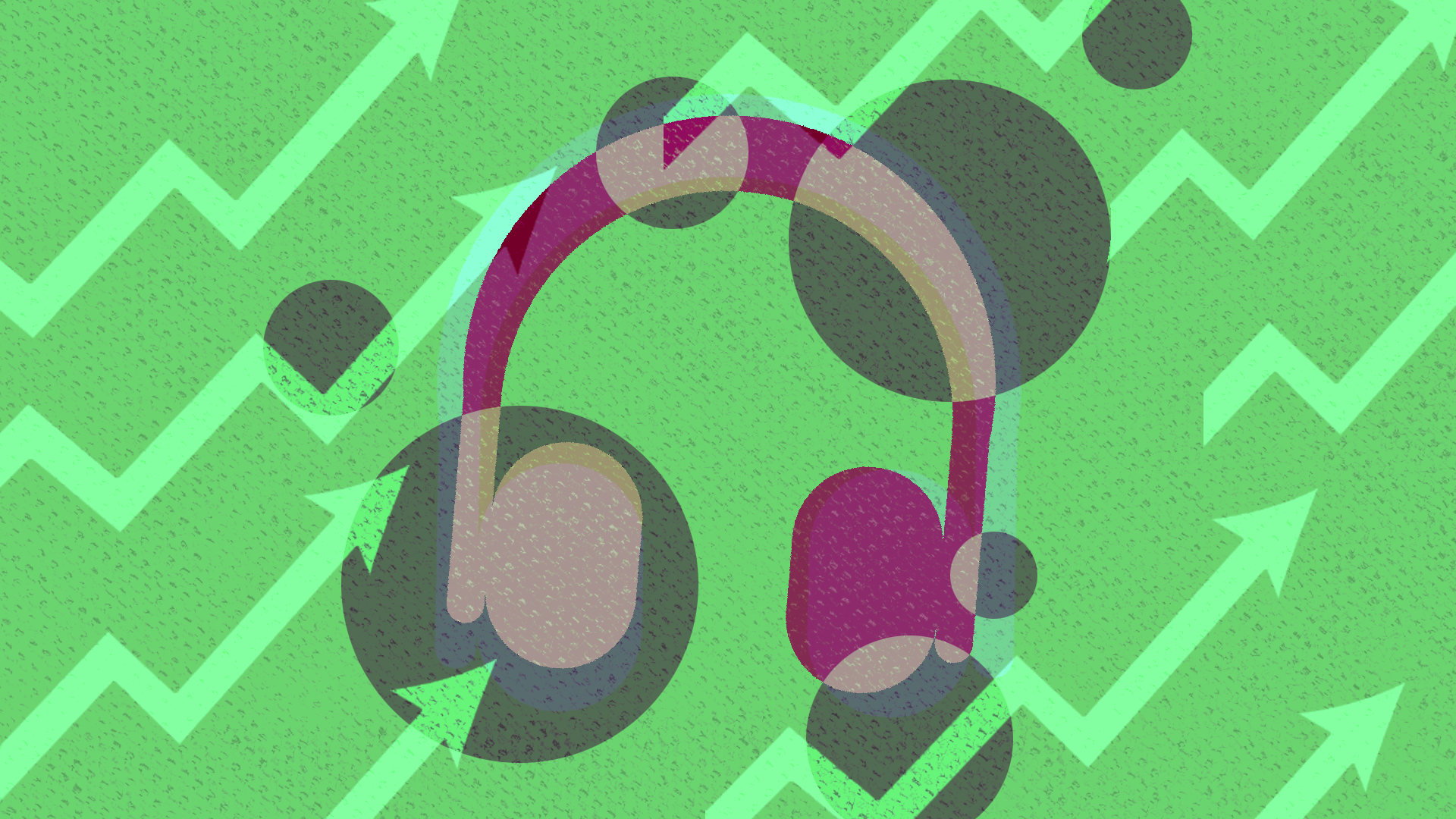On-demand streaming saw continual growth last year, despite a resurgence in physical media and a full return to live events. It follows similar trends in other industries, emphasising subscription models and digital licensing rather than outright ownership.
In news that will be unsurprising to most, on-demand music streaming saw exceptional growth in 2023.
According to data provided by music and entertainment data analysis firm Luminate, streaming increased by 22.3% over the previous year, surpassing 4 trillion for the first time. 2022 saw 3.4 trillion streams globally.
In the US, R&B/hip-hop remained the most popular musical genre, and made up over a quarter of all streams last year. Rock was a close second, generating 20% of streams with US listeners, while pop songs represented 12%.
Interestingly, Luminate’s research also stated that Gen Z and Millennial listeners are most likely to play foreign language music. Given the huge success of acts like Bad Bunny and BTS with younger consumers, this shouldn’t come as too much of a shock.
World, Latin and country music ranked as the three fastest-growing genres in 2023 among US listeners.
Conversely, Taylor Swift was the biggest artist globally on Spotify last year. In the US, one in every 78 audio streams was for her songs alone, and she boasted over 100,000,000 monthly listeners. Her success in 2023 is considered one of the biggest ever in pop musical history.
Streaming continues to grow despite looming competition
While these numbers are expected, it’s worth noting that streaming has continued to explode despite growing trends toward physical media such as vinyl and CD, especially with Gen Z listeners.
According to Josh Friedlander, senior VP of research and economics at the Recording Industry Association of America, young music fans are seeking and exploring multiple avenues of connection with artists that go beyond just clicking a song and immediately listening.
This could be through physical records, CDs and cassettes, live concerts, and merchandise sales. All of these outlets help to solidify a listener’s association with their favourite artist or genre, and provide unique experiences that go beyond just a song.
Keep in mind too that revenue from physical formats recently hit a decade high. In the UK, CD sales increased for the first time in twenty years in 2023, according to digital retail association ERA. Vinyl has been on the comeback for nearly a decade now and has once again become a regular practice for album rollouts.
Given this competitive climate, it’s impressive that streaming has continued to climb in popularity significantly, especially as the pandemic subsides and consumers are able to venture out to gigs and retailers once more.




















